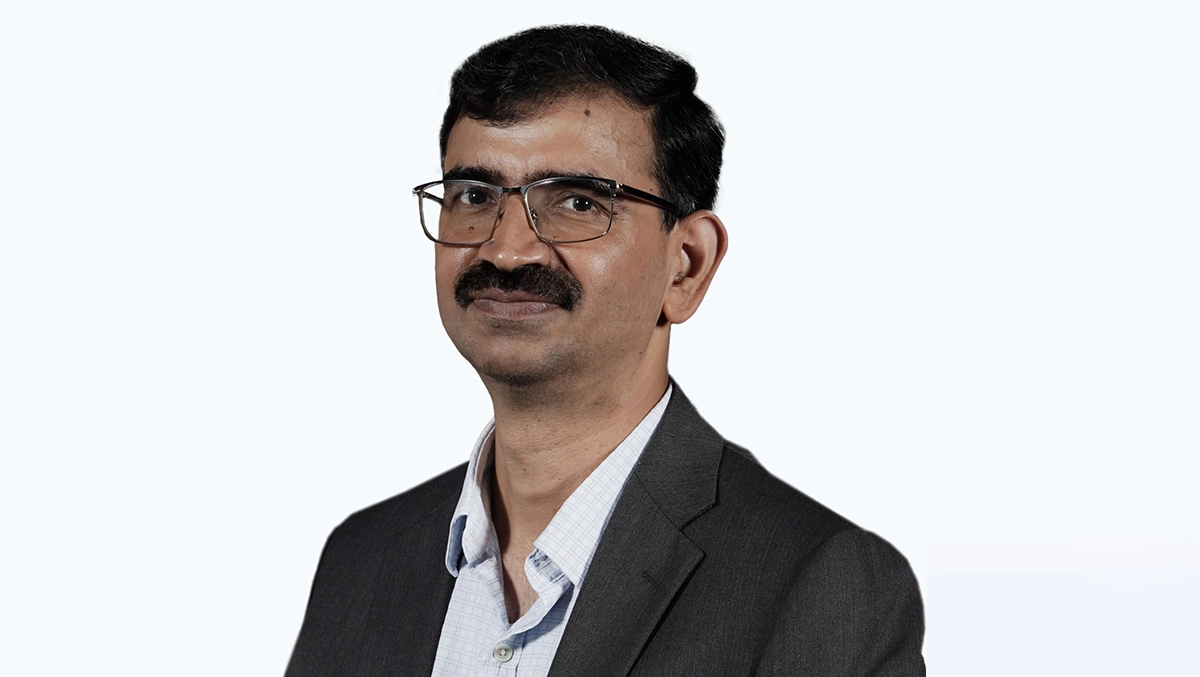
Effective risk management: A key ingredient in the recipe for successful modernisation
Modernisation is imperative for business growth in the twenty-first century. It's essential to meet the growing demands of modern customers and keep up with the digital natives to meet the constant requirements of cutting costs and innovating.
The value of modernisation was well demonstrated by the Jotun Group, a global supplier of decorative paints and powder coatings, who modernised their key business applications to run in a platform as a service environment on Microsoft Azure. They could improve the performance of those applications with less downtime and lower operational costs. Software releases accelerated from two to three per year to every two to three weeks, and a single team now owns each application end to end—with deeper insights and new tools for optimising application performance, security, and costs.
Indeed, organisations are under a lot of pressure to modernise, but they also need to understand that if not done well, the results could be counterproductive. Yet, how can businesses modernise without taking on too much risk? After all, the risk-return principle tells us that greater returns result from taking greater risks. Hence, as expectations about modernisation rise, so do the increased risks associated with it.
In this discussion, we will list four types of modernisation risks that must be addressed.
Risk of disruption: This refers to the possible threat that an organisation confronts because of variables such as cultural change and unfamiliarity with new technology and updated business procedures, which may affect its business objectives. The cost of this disruption could be steep such as lost productivity, decreased client satisfaction, and security breaches.
Higher cost risk: Modernisation is a complex exercise, and companies often underestimate the effort or the time required to complete the project. Any delay, new requirements, or unexpected and additional layers of customisation give rise to cost runs.
Project failure risk: The majority of modernisation projects fail to meet all their objectives due to a lack of a clear roadmap, wrong estimation of ROI factors, execution delays, and failure to adopt the right approach. It is critical to take the time to develop these elements before starting a project to minimise the risk of failure.
Workforce management risk: This refers to the potential negative impacts on an organisation's workforce while implementing modernisation initiatives. When organisations do not consider the people factor during modernisation, they run the risk of alienating, demotivating, or losing valuable employees. Demotivated employees also jeopardise future modernisation plans as they don't feel confident about the outcomes.
Clearly, risk mitigation is critical, and a solid strategy is necessary before embarking on a modernisation journey. To accomplish the desired results, organisations must focus on the following factors.
- Identifying technology and business stakeholders: Technology and business stakeholders must be included in modernisation planning, implementation, and management to succeed. Senior software architects, IT leaders, and developers will help modernise. C-suite, customers, vendors, and partners must also buy in.
- Building a suitable business case to convince decision-makers for strategic budget allocation: To secure funding for modernisation requires a thorough analysis of the current state, a clear vision of the desired outcome, a detailed execution plan, and a persuasive argument for why the investment is needed. Also, it is essential to include the long-term cost-benefit analysis in the business case, which should consider the total cost of modernisation and the savings that can be achieved once the new tools are fully implemented. Building a strong case helps in the periodic evaluation of outcomes and helps solidify support, especially when delays occur.
- Understanding requirements in terms of people, processes, and technology: All the personnel associated with the transformation process must develop the skills and knowledge to adapt to the new ways of working enabled by the new technologies. Microchange management must be applied by breaking down large and complex changes into smaller and incremental ones so that they can be managed better. Interactions between different teams and services must be encouraged to ensure a harmonised way of working across legacy and modernised systems. Adopting DevSecOps and automation through a cloud-based platform approach can accelerate the transformation.
- Envisioning the accurate target state by choosing the right architecture and technologies: Modernisation is a complex process that involves a careful selection of the right architecture and technologies to achieve the desired target state. This requires a strategic approach that considers the end state, the current state, and the overall business strategy.
- Evaluating the existing resources and creating a resource management plan: Resource management involves evaluating existing resources and developing a plan to manage them effectively. It is a continuous process that requires regular evaluation and adjustment to ensure optimal usage of resources.
To conclude, organisations must plan for future needs while optimising current technologies and procedures without interrupting the business to manage modernisation risk effectively. However, when done correctly, modernisation can lead to benefits like increased resiliency, higher scalability, greater value realisation from exponential technologies and improved customer experiences despite its associated risks.

